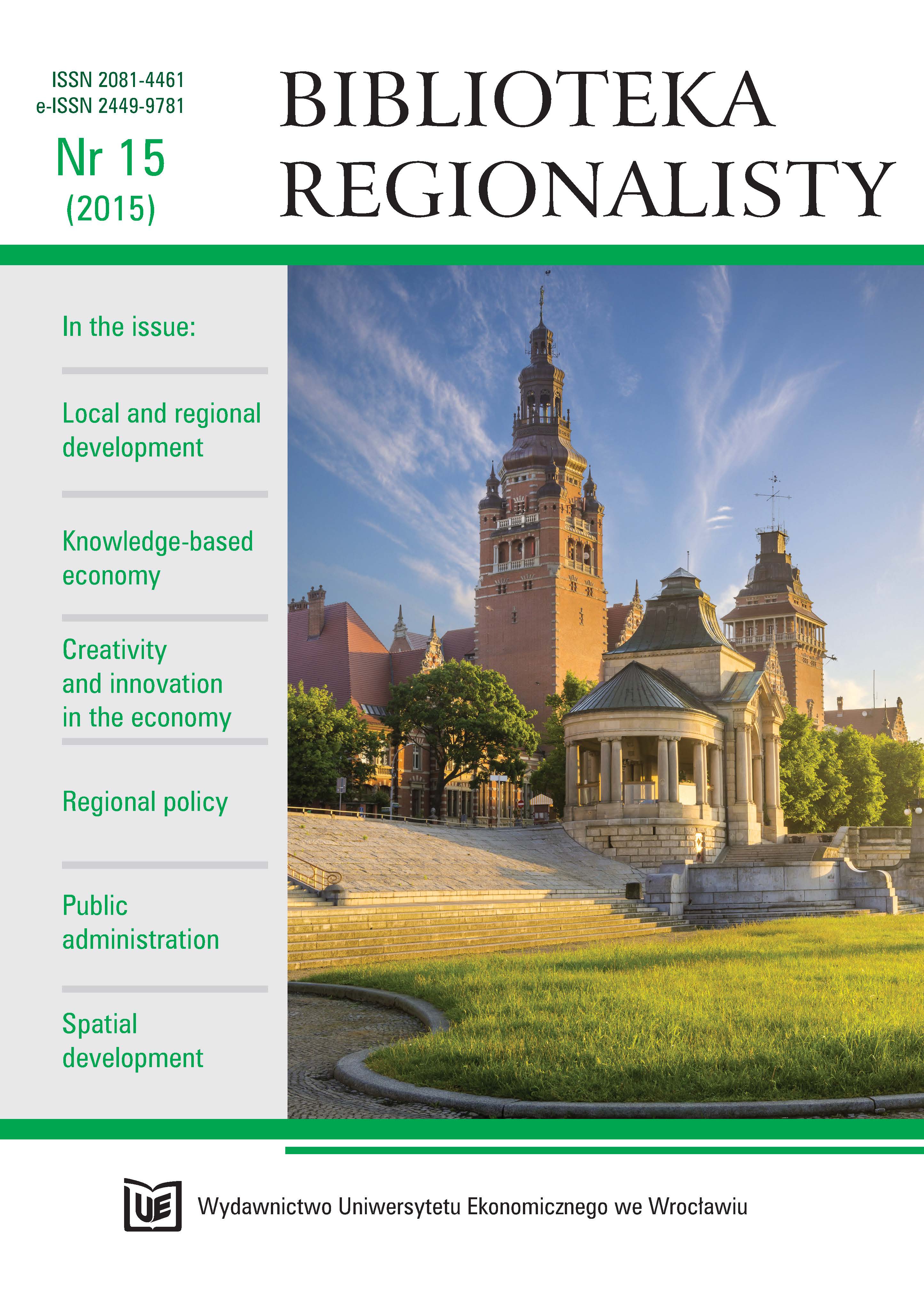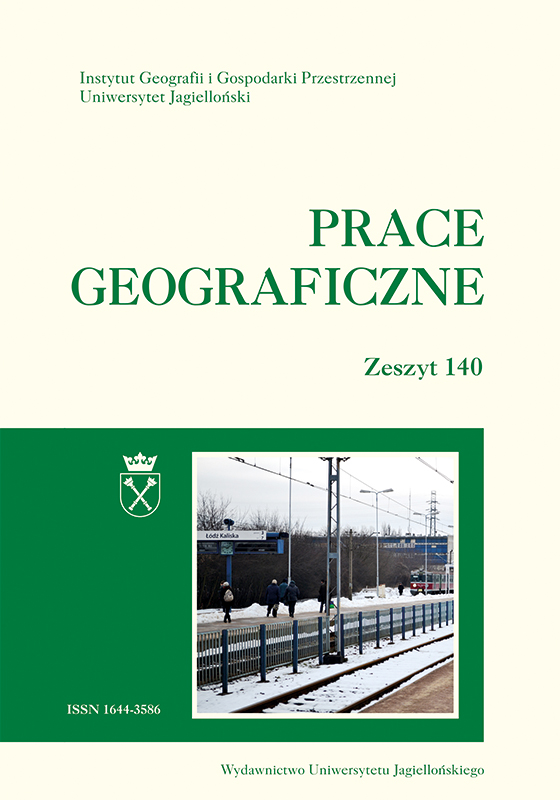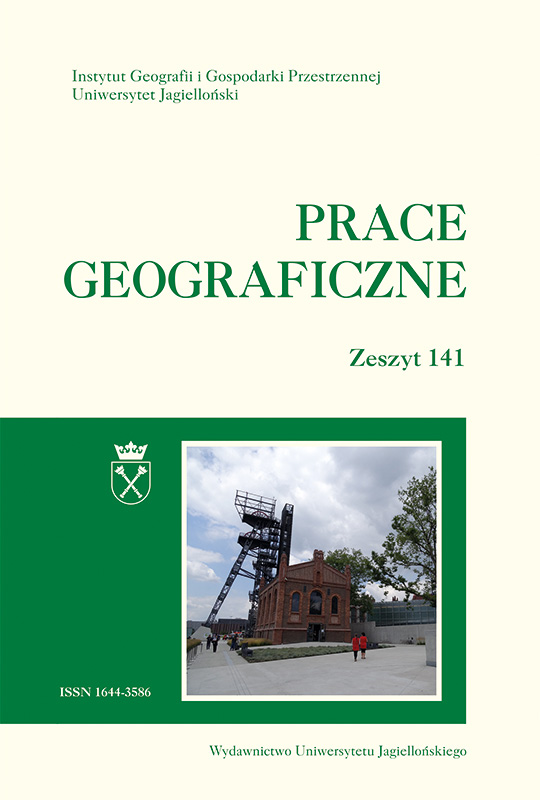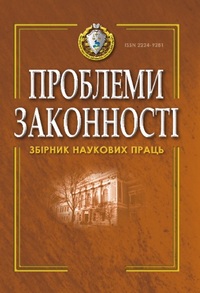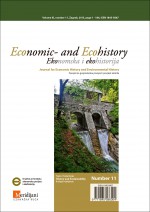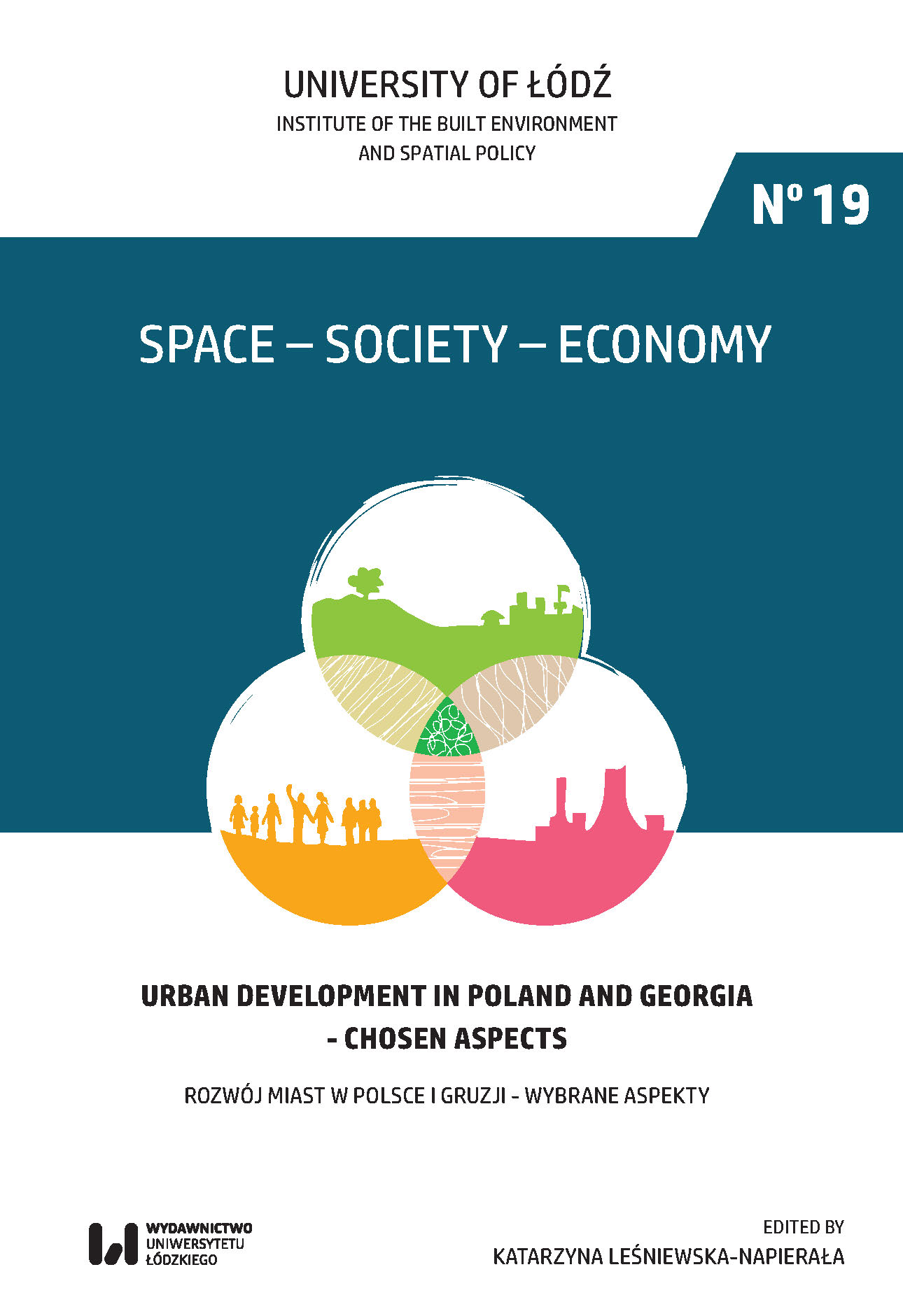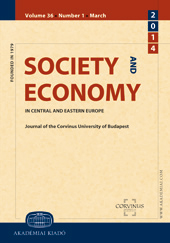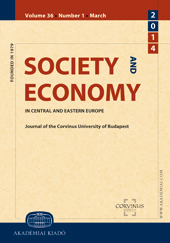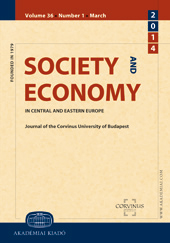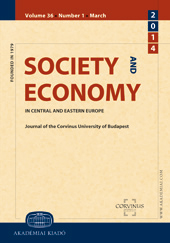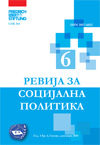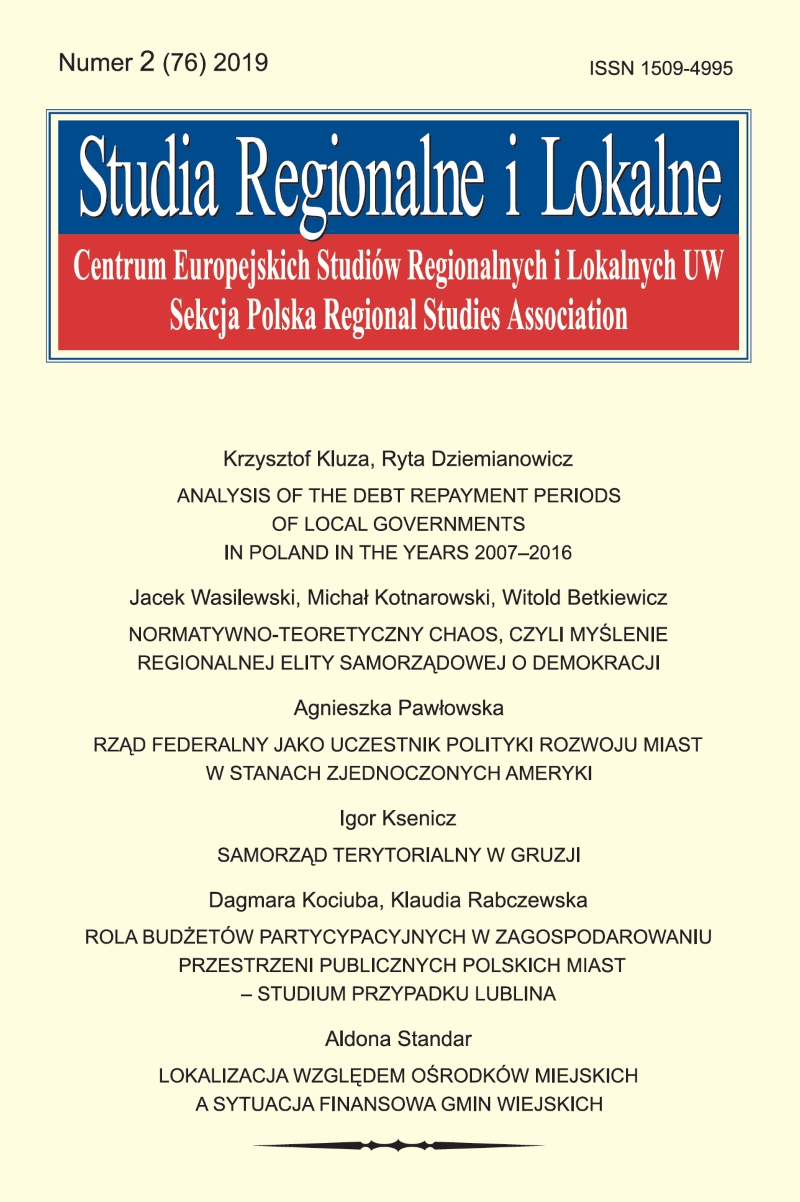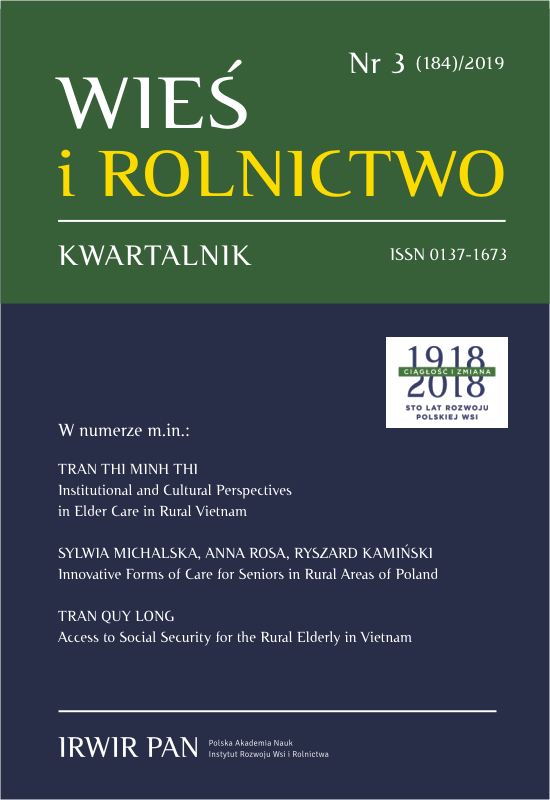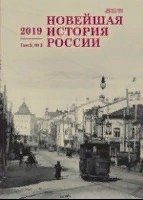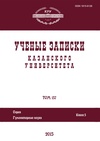Author(s): B. M. Golovkin / Language(s): Ukrainian
Issue: 133/2016
The article is dedicated to the problem of juvenile crime under conditions of armed conflict and socio-economic crisis in Ukraine. Since 2010 the level of juvenile crime has been constantly decreasing. Generally, this is determined by transformation of state policy for the treatment of juvenile offenders, literally, reducing the severity of charge in prosecuting children in conflict with the law.With the onset of economic and political crises, the state does not pay enough attention to the above mentioned category of children; while the national network of social workers fail to maintain relevant prevention coverage. As a result, being especially vulnerable, juveniles turn en masse to lucrative crimes in order to survive, get involved in urban violence, join criminal groups and take part in grave crimes together with adult delinquents.The crime situation becomes more complex due to the consequences of the economic crisis and the ongoing armed conflict in Eastern Ukraine. According to estimates of independent experts, the number of “street children” in Ukraine has increased dramatically. Their estimated number ranges from 120 to 300 thousand. The boost of “street children” in total results in escalation of urban violence, thefts, robberies, rapes etc. The author presumes that the risk of involvement in criminal activities is especially high for the children of internally displaced persons from the temporarily occupied territories of Donetsk and Lugansk regions (approximately 130 thousand minors).It has been stated that children are starving in every fifth internally displaced family. Continuous military activities and armed violence make devastating psychological impact on these children. Displaced children, who witnessed the hostilities, have grievous psychological problems; some of them have embittered towards other people, nursed a grudge, are jealous of peers for any reason and aimed at revenge and replicating violence.The current state of juvenile crime could is characterized by the following trends: amplification of lucrative motivation, causation of common crimes by poor life circumstances and the struggle for survival in a hostile environment, increase of urban violence, the convergence of various patterns of criminal behaviour, the boost of recidivism, the involvement of minors in criminal activities by their parents, close relatives and other negatively experienced persons. On the one hand, modern juvenile crime acquires the features of a hybrid combination with criminal offenses, but on the other hand, it turns out in the escalation of grave crimes and felonies. The discovered trend impacts the effectiveness of crime prevention in the relevant scope.
More...
